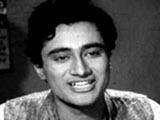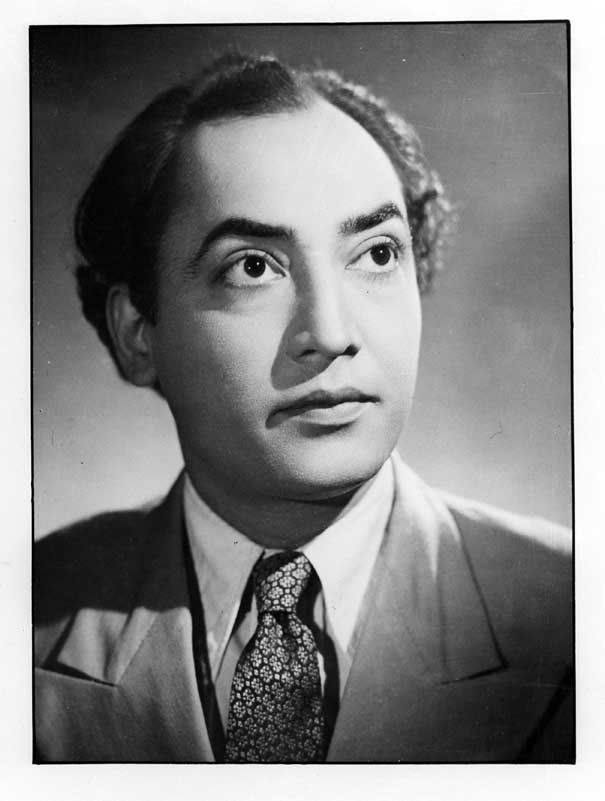Years active 1937–1982 | Name Kishore Sahu Role Actor | |
 | ||
Born 22 November 1915 ( 1915-11-22 ) Raigarh, Madhya Pradesh, India Children Naina Sahu, Vimal Sahu, Mamta Sahu, Rohit Sahu Grandchildren Pavan Sahu, Daniel Landerman, Soloman Landerman, Gautam Rao Nominations Filmfare Award for Best Director Movies Kali Ghata, Mayurpankh, Dil Apna Aur Preet Parai, Guide, Hare Kanch Ki Chooriyan Similar People Bina Rai, Naina Sahu, Kamini Kaushal, Jankidas Mehra, Lalita Pawar | ||
दर्दनाक कहानी - Kishore Sahu Biography In Hindi - किशोर साहू - एक गुमनाम फिल्मकार की दर्दनाक कहानी
Kishore Sahu (22 November 1915 – 22 August 1980) was an Indian actor, film director, screenwriter and producer. He appeared in 22 films between 1937 and 1980. He directed 20 films between 1942 and 1974.
Contents
- Kishore Sahu Biography In Hindi
- Tu kyon mujhko pukare lata mangeshkar mayur pankh kishore sahu sumitra devi
- Early life
- Actor
- Director
- Writer
- Producer
- References

His directorial venture Kuwara Baap was one of the winners for the BFJA - Best Indian Films Award for best film for 1943. His film Raja "remains a milestone of art and skill in motion pictures".His film Verr Kunal was huge box office success. He directed Dilip Kumar with Kamini Kaushal in Nadiya Ke Paar, which became the sixth highest grossing Indian film of 1948. His 1954 films Mayurpankh entered into the 1954 Cannes Film Festival, where it was nominated for the Grand Prize of the Festival. Sawan Aya Re did well commercially, with Baburao Patel of Filmindia remarking in the 1949 May edition that Sahu's estimate had risen due to the "original treatment" he gave to an "otherwise ordinary" story. He was also known for the Meena Kumari starrer, Dil Apna Aur Preet Parai (1960). He had four children, Vimal Sahu, Naina Sahu, Mamta Sahu and Rohit Sahu. His wife, Preeti was a Kumaoni Brahmin.
Tu kyon mujhko pukare lata mangeshkar mayur pankh kishore sahu sumitra devi
Early life
Sahu was born in Raigarh district in Chhattiagarh. His father was the Prime Minister under the Raja of Raigarh. He joined the University of Nagpur and took part in the "freedom struggle", completing his graduation in 1937. An interest in writing short stories brought him in contact with cinema, where he initially started as an actor.
